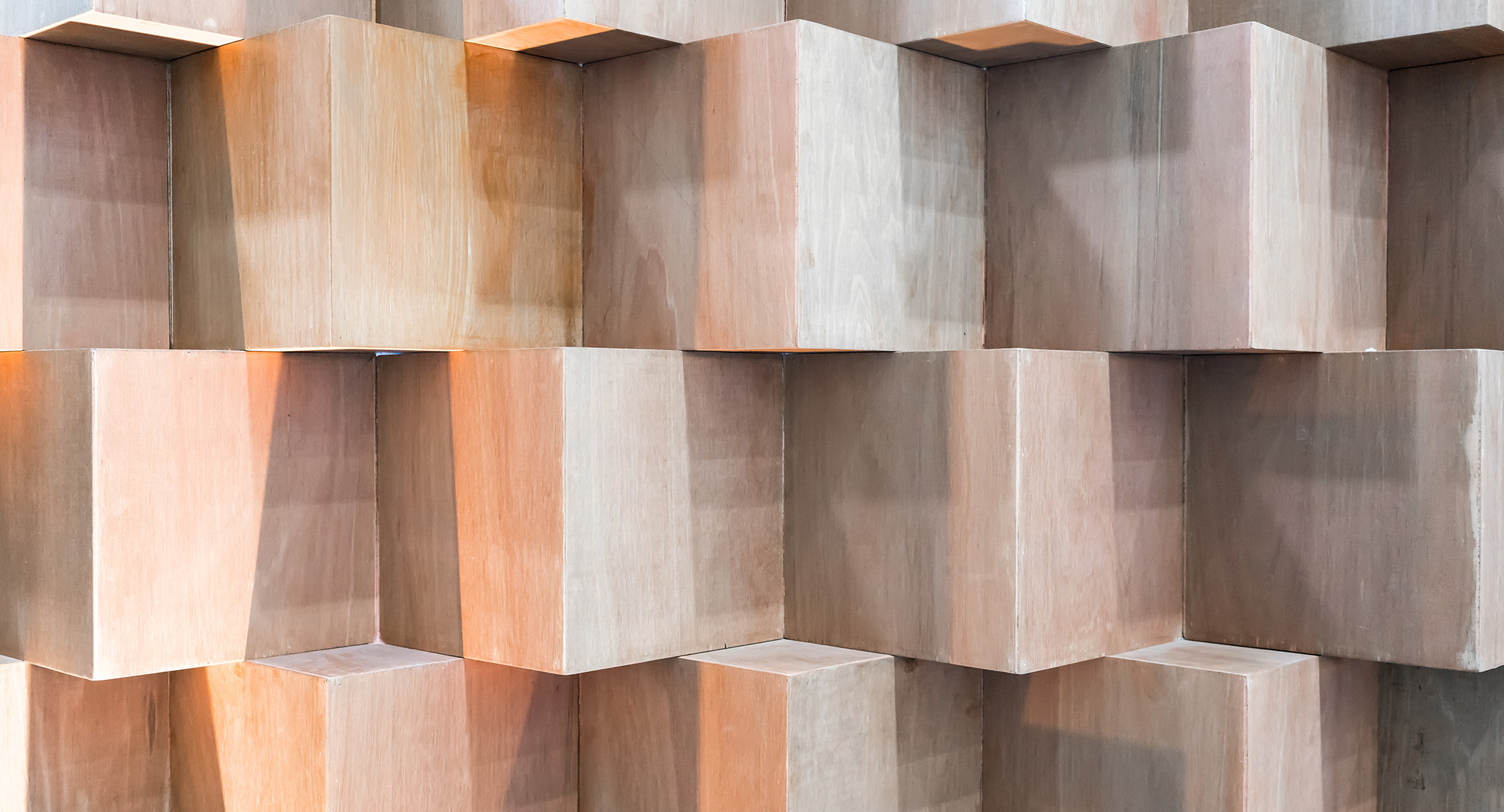
News
FUTURE WOOD
Wood as a building material is experiencing a renaissance and is increasingly becoming the epitome of modern architecture and construction art. This is not only due to the many advantages that wood offers, but also to the growing demand for sustainable and eco-friendly building materials. An excerpt from the Home Report 2022 by Oona Horx Strathern.*
AGE OF TIMBER
The essential advantage of wood as a building material is its load-bearing capacity. Wood is a very stable and durable material that can also be used in large constructions like high-rise buildings. Furthermore, wood is a renewable resource that requires less energy for production compared to concrete or steel, making it more sustainable. Wood is particularly regarded as a healthy building material because it is breathable and can regulate moisture. Technical challenges when building with wood, such as special fire safety regulations and the natural aging processes of wood, must be considered to ensure the longevity of the buildings. However, because of this, wood is increasingly used for facades and exterior cladding. The authentic and naturally aging appearance that results from weathering is often consciously utilized today to achieve an aesthetic effect. Despite these challenges, wood is considered the building material of the moment, as it meets the needs for sustainability, health, and emotionality.
Politics is also catching up: With the funding priority "Buildings in Wooden Construction," the Federal Ministry of Agriculture, Forestry, Regions, and Water Management, as part of the Forest Fund, promotes the "Increased Use of the Raw Material Wood."
THERMOWOOD
A trend in timber construction is the use of thermowood. Wood that is modified and stabilized exclusively with heat and steam. The heat treatment achieves a high resistance to decay, making the wood suitable for use in outdoor and wet areas without being quickly damaged by fungal infestations. The wood's ability to absorb water is reduced, resulting in less swelling, cracking, and shrinking. This makes thermowood suitable for use under various climatic conditions.
No chemicals are used in its production. Therefore, it is a sustainable choice for a natural aesthetic. Thermo-wood also impresses in terms of thermal insulation and energy efficiency, which is particularly important during times of rising energy prices.
Wood is a renewable raw material and, in contrast to concrete and steel, causes significantly less CO2 emissions. In terms of waste disposal, wood is a more environmentally friendly material than concrete and steel, as it is lighter and easier to recycle.
WOOD IN THE CITY
Wood as a building material is also increasingly being used in urban environments.
Andrew Waugh, founding partner of the London architecture firm Waugh Thistleton Architects, who has been working with prefabricated CLT panels for over 20 years, sees great advantages in building with wood materials to minimize disturbances from construction sites in urban environments: “CLT construction sites are clean, quiet, and dry, without constant construction waste, cement mixers, jackhammers, or trucks appearing on site.” * In addition to the ecological benefits, the aesthetic effect also plays an important role. Unlike concrete and steel, wood gives buildings a softer, more natural appearance that is often perceived as more pleasant.
Through the use of wood, stronger connections to nature can also be created in the urban landscape. Wooden buildings can help to loosen up the urban appearance and enliven the architecture.
Therefore, it is not surprising that more and more architects and urban planners are using wood as a building material in their projects – not only for buildings or residential houses but also for large, complex, and innovative structures.
There are now many impressive examples of the use of wood in architecture worldwide.
- The contribution of the Czech Republic at Expo 2025 in Osaka is presented as a wooden pavilion, also known as the Kloboucká Forest Headquarters – two projects by the Czech architectural firm möjlk architekti.
- Mjøstårnet, in Brumunddal, Norway, 85.4 meters high, is made entirely of wood.
- The Odunpazari Modern Museum (OMM) in Eskisehir, Turkey, consists of three separate but interconnected wooden buildings.
- The BIG Bjarke Ingels Group delivered the design for the project of the new terminal at Zurich Airport
- In Vienna, Europe's first urban district built in timber construction is being created with the Leopold Quarter.
The conclusion is: We are in the Age of Timber, as Oana Horx-Strathern states in the Home Report 2022: The technologies for timber construction are improving, and new laws, regulations, and subsidies for timber high-rise construction are gradually changing the urban landscape towards more wood. The announcement of prestigious competitions for tall wooden buildings also contributes to a higher regard for innovative solutions – from the use of corrugated cardboard to modular construction – and further strengthens the trend towards building with wood.
*With thanks to the Zukunftsinstitut